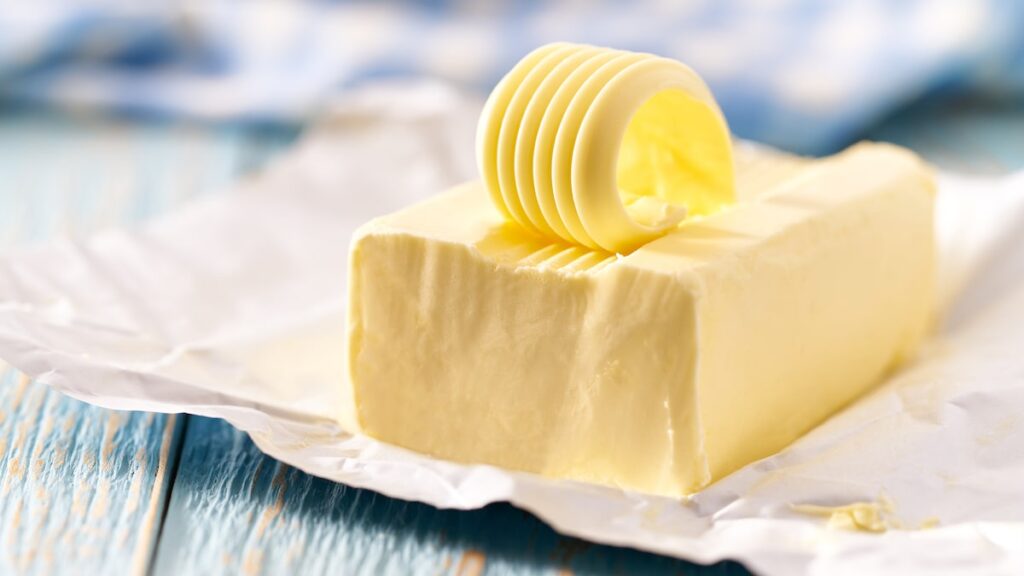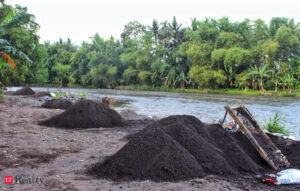Baking With Butter? Keep These 5 Tips In Mind While Making Your Favourite Treats

What’s that one essential in every baked good? Butter. This rich and creamy ingredient is every baker’s secret weapon (and the best thing to happen to our taste buds). Whether you are making homemade cookies or a fluffy cake, butter plays an important role in transforming our favourite baked goods into mouthwatering treats. But if you think all it takes to get those rich treats is just tossing in the butter, you’re wrong. The trick actually lies in how you manage and handle butter during the process. Is cold butter okay for baking cakes? Why isn’t the cake rising even after adding butter? If you have these and other questions in mind, then you’ve landed on the right page! Let’s see how butter needs to be handled when you’re baking your favourite treats.
Also Read: 5 Mistakes To Avoid While Making Oh-So-Delicious White Butter At Home
Photo: Pexels
Here Are 5 Tips You Should Follow While Baking With Butter
1. Choose Quality Butter For Maximum Flavor
If you’ve ever wondered why some baked goods have a richer taste, it’s because of the butter quality. While baking, choose unsalted fresh butter, which will give you full control over the salt levels in your recipe. High-fat butter adds an extra dash of richness that can make your baked goods creamier and richer. To make it even richer, add ghee along with butter for that extra goodness.
2. Know When Butter Should Be Cold Or Soft
Baking is not just about mixing ingredients; it’s also about using them at the correct temperatures. For recipes like pies or puff pastry, it’s important to use cold butter. This is because as the butter melts during baking, it creates flaky layers. On the other hand, room-temperature butter is ideal for achieving smooth and fluffy cookies and cakes.
A helpful tip to determine if butter is at room temperature is the thumb test: if the butter crumbles under light pressure without melting, it is ready to use!
3. For Extra Fluffiness, Cream It Well
If you want your cakes and baked goods to be light as air, don’t skip the creaming step! While preparing, beat your butter and sugar until the mixture is pale and fluffy – this helps develop small air pockets that raise the batter. Think of it as giving your recipe a head start. Use a hand mixer or stand mixer, and at least aim to beat the butter and sugar for 3-5 minutes on medium speed. Trust us, this fluffy mixture will let you bake beautifully soft and tender goods.

Photo: iStock
4. Brown The Butter For A Deeper Flavour
Have you ever tried browning butter? If not, trust us – it’s a game-changer! Browning butter adds a warm, nutty flavour to your baked goods. Simply cook the butter on low heat until it turns golden and aromatic. How will you know when it’s ready? You’ll notice brown specks at the bottom. Browned butter works perfectly in cookies, cakes, and even desi mithais. Just remember to let it cool slightly before adding it to your batter. This little trick is the magic ingredient that will leave your guests asking for more!
5. Freeze Butter For Efficient Baking
If you strive for efficiency, freeze the butter. When used, grated frozen butter melts slowly and adds richness to your baked goods. Freezing butter lets you mix it evenly without ruining your batter. This trick is especially helpful when baking in warm kitchens or during peak summer. Frozen butter ensures you get the right texture and helps your baked goods stay crisp, flaky, and irresistible.
Also Read: Butter Garlic Chicken To Prawns: Try 5 Butter Garlic Recipes For A Delicious, Wholesome Meal








